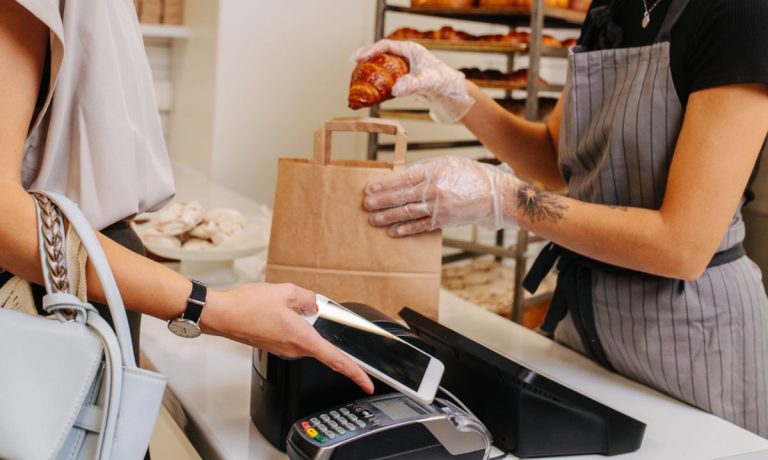Rising Prices See Consumers Shopping Less but Spending More

Consumers are shopping less but spending more when they do. Inflation may have influenced this rise in expenditures in March, according to “Digital Economy Payments,” a PYMNTS report based on a survey of 3,017 United States consumers.
Get the report: Digital Economy Payments
Among the categories included in the survey, consumers are buying fewer groceries, food items from restaurants and retail products.
The share of consumers who purchased groceries at least one time in the 30 days prior to being surveyed in March was 88%, down from 89% in February.
Similarly, the share who purchased food items from a restaurant was 69%, down from 71%, and the share who purchased retail goods was 60%, down from 62%.
At the same time, consumers spent $11 more on groceries, $1 more on food items from a restaurant and $24 more on retail products, in terms of the average amount they spent on their most recent purchase in each of these categories.
In March, consumers spent $110 on groceries, $40 on food items from a restaurant and $103 on retail products. In February, they spent $99, $39 and $79 respectively.
Consumers are buying more of one category included in the survey: travel services.
The share of consumers who purchased travel services in March was 19%, up from 17% in February. Notably, the percentage in March was an all-time high for this series of reports done by PYMNTS.
However, they spent $39 less. Consumers spent $363 on travel service in March, down from $402 in February.
 The dollar has less buying power, and many consumers are restricting their spending. Not only did consumers spend more on retail items in March, but retail spending amounts reached an all-time high for this study. This could spell trouble for retailers if inflation continues and consumer spending trends down.
The dollar has less buying power, and many consumers are restricting their spending. Not only did consumers spend more on retail items in March, but retail spending amounts reached an all-time high for this study. This could spell trouble for retailers if inflation continues and consumer spending trends down.